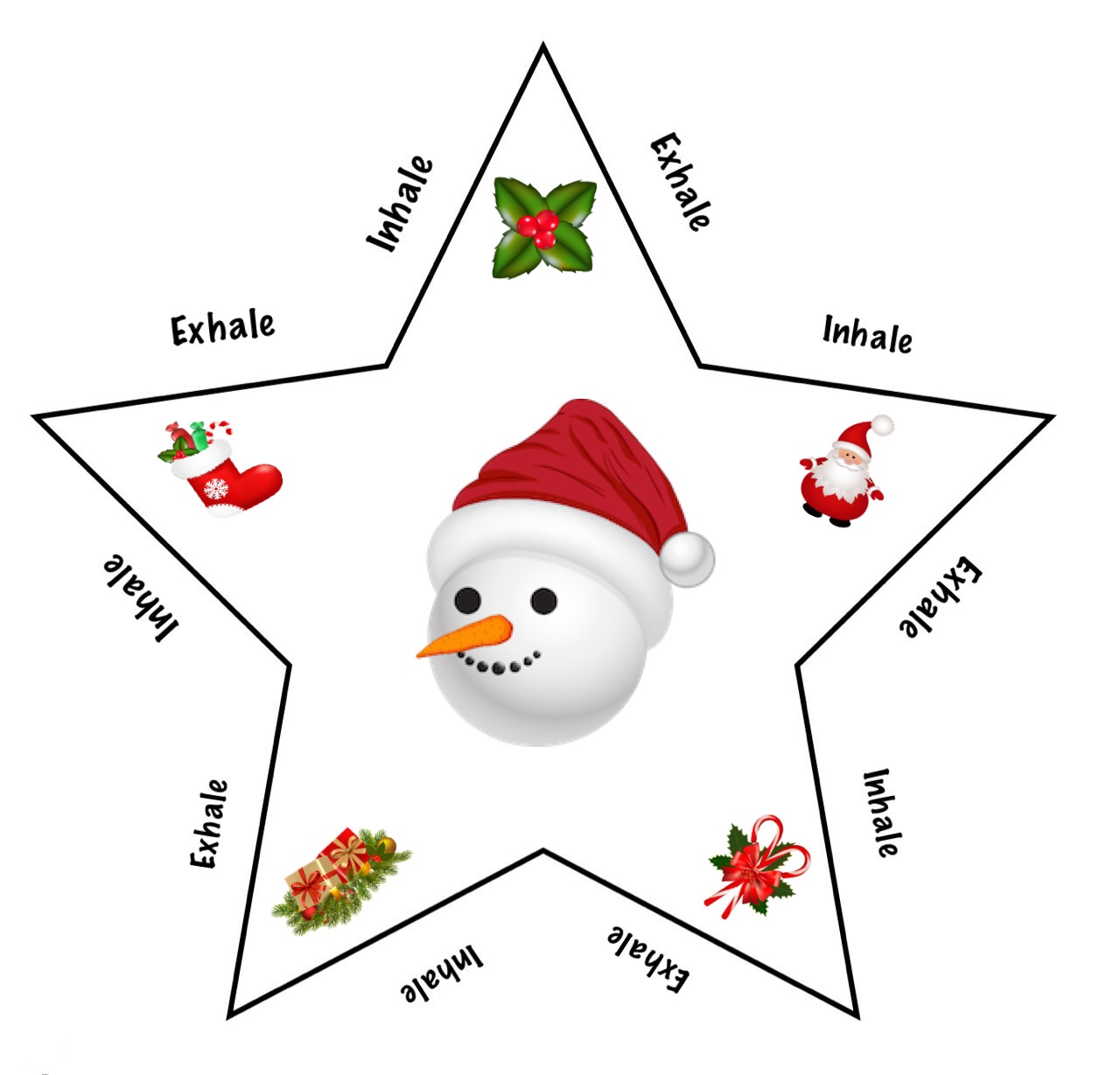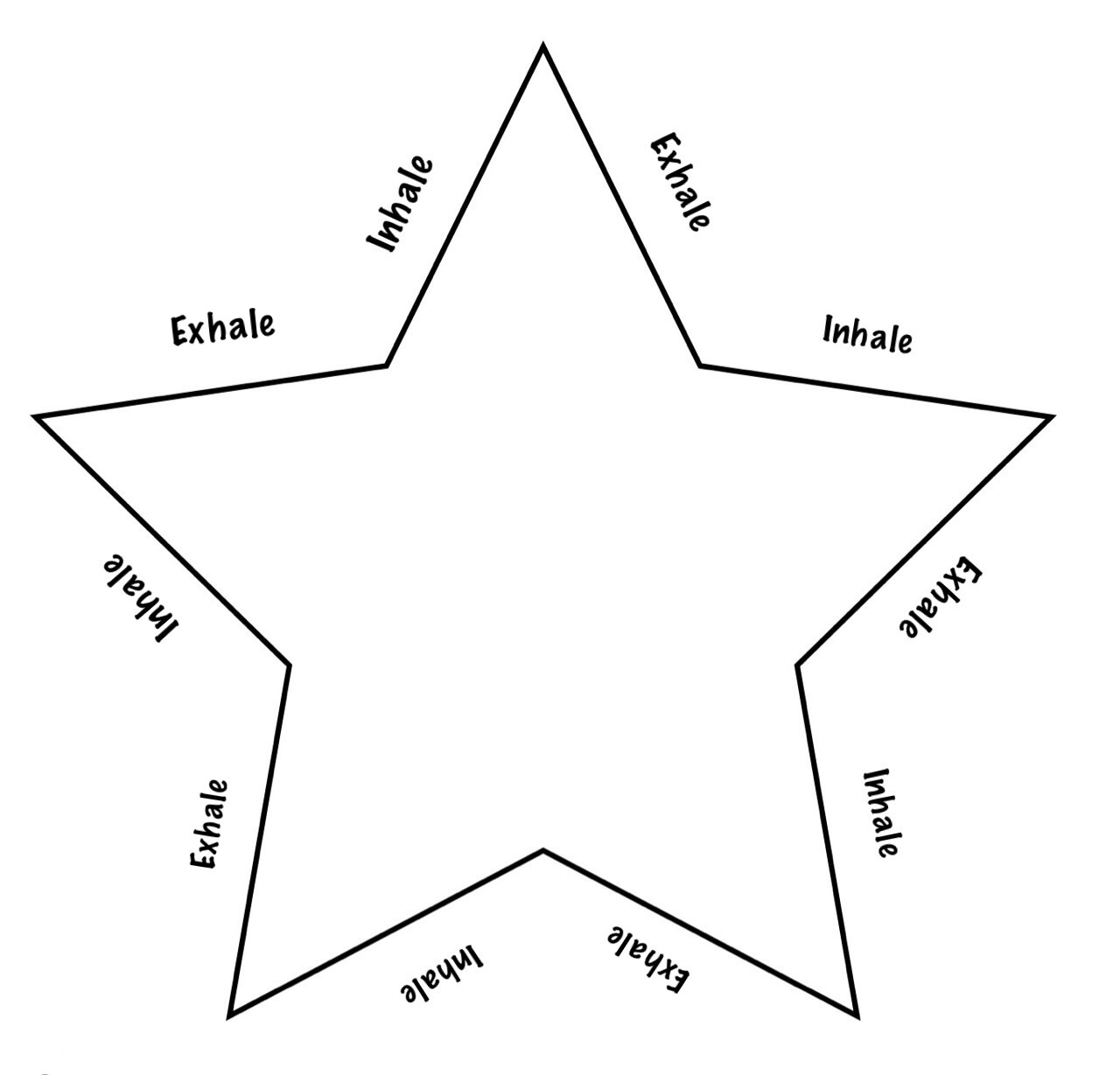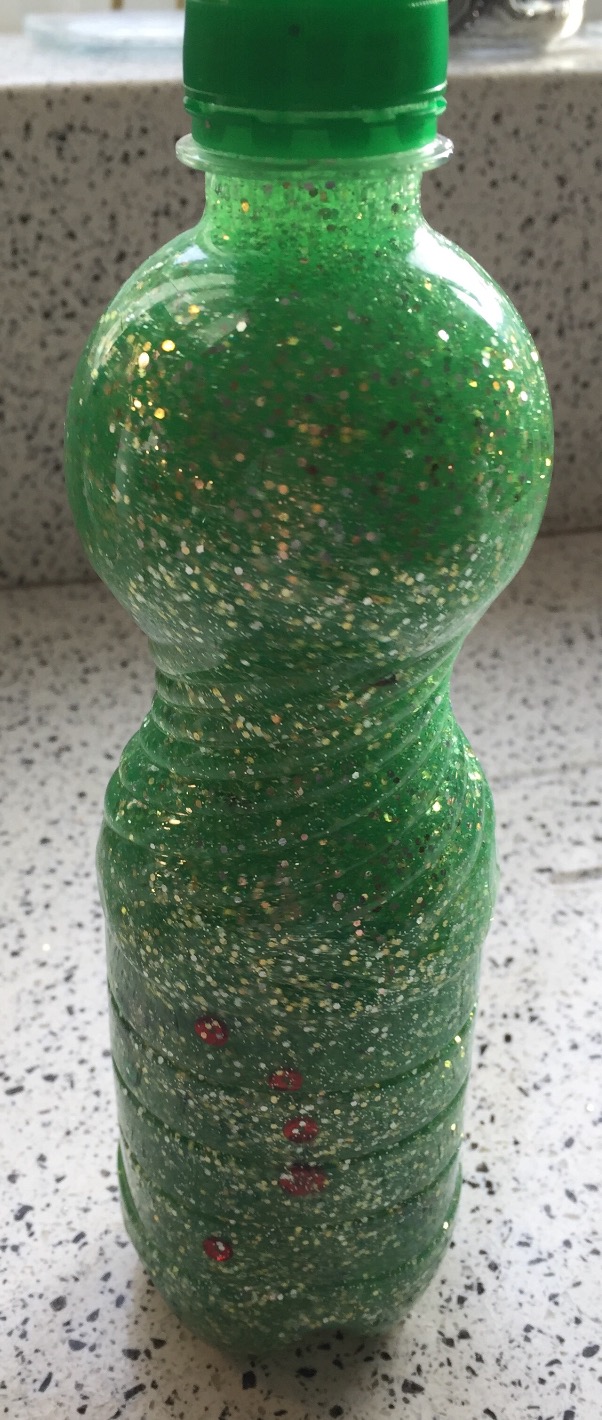Have you heard of Positive Post It Day? Maybe you have and maybe you haven’t. That is ok.
Several years ago, a young lady in Canada called Caitlin Haacke, decided to take a stand against bullying. She tells her story On Tedx here: http://youtu.be/cElB84gf6uc.
She single handily has started a movement of positivity that is sweeping the world. Her belief that positivity begets positivity that began as an anti-bullying campaign, has led to children and adults alike considering their words carefully and filling the world with kindness, love and appreciation.
The impact of this young lady’s simple idea can be seen in this news report, http://youtu.be/0zLteIn7IS0 and this compilation video of the positive post it notes written in one day, http://youtu.be/87RC1NQgPzQ.
I have been left in awe by the inspiring, clearly mindful activity of gratitude, that has begun. It fits very clearly within my Mindfulness in the Classroom series, particularly Gratitude. These little Random Acts of Kindness can spark a change and belief in the compassion of humankind.
In schools, this is a perfect circle time, PHSCE lesson or Mindfulness activity. In work places, it is a mindful activity that encourages good mental health and well being.
Every year for 5 years, the school I have been Headteacher in, has taken part in a #PositivePostItDay (even in lockdown!) and we invite individuals and schools to take part with us on Friday 11th February 2022. This year that is the week of Children’s Mental Health Week as well and very fitting. ( #ChildrensMentalHealthWeek )
How can you participate?
1- Share this post with others and Tweet, Face Book, Instagram, Snap Chat, etc letting others know about the day. Get it out there! Let me know you are joining us.
2- On the day, no matter where you are (schools, work, businesses, home, online, etc), create and share Positive Post It Notes (Be sure to watch the videos if you want some ideas.).
At my school, every person gets AT LEAST 2 post it notes. They write one about someone else and one about themselves. We also open it to parents and other stakeholders and send out a MS Teams form and people can type in their positive messages to share with the school. They are printed up and distributed to spread the positivity.
3- Stick the notes on the walls, windows, books, online social media feeds, ANYWHERE!
4- If you share them online, make sure you tag them as #PositivePostItDay2022. Let’s paper the world in positivity one post it note at a time!
Here is what #PositivePostItDay2016 looked like:
https://educationsvoice.wordpress.com/2016/04/02/positivepostitday-a-growing-mindfulness/
Time to stock up on Post It notes!


























